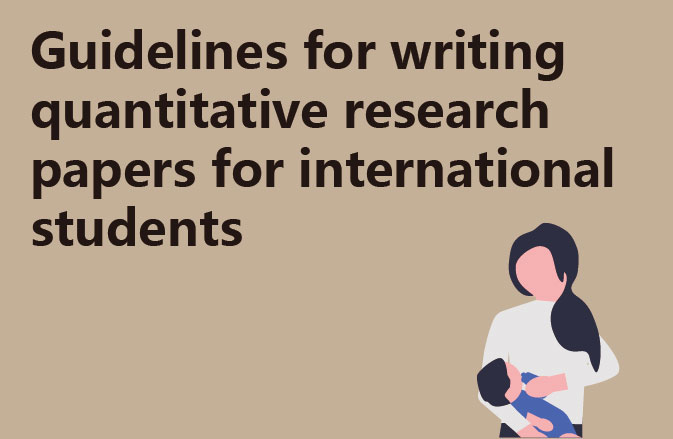Abstract
The abstract should concisely summarise the research significance, research gaps, research objectives/problems, research design and methodology, main points and revelations of the paper, and its length should be limited to 200-300 words, accounting for about 2%-3% of the overall word count. It is appropriate to follow “research significance”, “research gaps”, “research objectives/problems”, “research design and methods Research Design and Methodology”, “Main Points and Implications”. If necessary, you can mention the key words and future research prospects.
Introduction
The introduction includes three major parts: research background, research motivation, and research questions. Among them, the research background should describe in detail the social influence of the research topic, the value of the research and its importance; the research motive should emphasise the urgency of the research, and briefly introduce the existing research results and their limitations; the research problem should be clearly put forward the research objectives and refine them into a number of sub-problems, so as to facilitate the development of the subsequent research.
Third, the research objectives and goals (Research Aim and Objectives)
According to the research questions, set the research objectives of each part. At this stage, key concepts, relevant studies and dimensions need to be clearly defined, and hypotheses need to be formulated and theoretical models need to be established based on relevant studies. At the same time, it is necessary to develop specific quantitative research strategies, such as the design of experimental or survey methods, sample selection, etc., in order to obtain research results and verify the hypotheses.
IV. Overview of Methodology (Methodological Approach)
Briefly introduce the research methodology, data collection and processing adopted.
V. Structure of the Dissertation
The dissertation usually consists of several chapters, each of which should summarise its main content in concise words.
Literature Review
Literature Review is one of the most important parts of the dissertation, aiming at digging into the research gaps and laying a solid theoretical foundation. Specifically, it is necessary to introduce key concepts and definitions in detail, sort out the relevant research, and critically analyse the existing research. In addition, it is necessary to point out the research gaps and put forward the corresponding hypotheses.
Theoretical Foundation
This section introduces the theories related to the research topic and critically analyses the mainstream theories. At the same time, the theoretical foundation and theoretical basis of the study should also be described.
Eight, research gaps (Research Gaps)
Through the review of related research, identify common problems or limitations in the construction of research models, selection of variable dimensions, use of research methods, data timeliness or diversity, selection of industries, limitations of research objects, and insufficient theoretical explanations, etc., so as to identify 3-5 research gaps and enhance the value of the study.
IX. Research Framework (Research Frameworks)
This section needs to be through the literature review, for the relationship between the variables to put forward the hypothesis, citing a number of existing research results for critical analysis, and as a basis for the hypothesis.
X. Conclusion
Summarise the results of the research, and look forward to the future direction of research.




